
Secretary for Transport and Logistics

February 1, 2025
This is my first appearance in the blog in the Year of the Snake and may I take this opportunity to wish you all good health and good fortune. The first recorded flight departed at Kai Tak (which had not yet been developed into an airport) on the first day of the Chinese New Year one hundred years ago, and Hong Kong's aviation history starts then and there. Kai Tak Airport witnessed Hong Kong’s transformation from a fishing village to an international city. Even with just one runway, Kai Tak Airport’s passenger and cargo throughput still ranked among the top in the world in the 90s and Hong Kong International Airport (HKIA) has inherited the solid foundation laid by Kai Tak, propelling Hong Kong's aviation industry to fly higher. With the commissioning of the three-runway system at the HKIA at the end of last year, Hong Kong's aviation industry has entered a new era which inject new impetus to this international aviation hub.
Heritage of a century: memories of Kai Tak
In 1998, Kai Tak Airport completed its historical mission, and HKIA moved to Chek Lap Kok to continue its ascent. Kai Tak may just be the name of an MTR station or a new development area to the younger generation, but for those who have been to the old Kai Tak Airport, the surrounding Kowloon City community, and the memories of large aircrafts taking off and landing amidst the buildings are certainly unforgettable. Looking back to 1925, pilot Harry Abbott rented part of the reclaimed land at Kai Tak to set up "The Abbott School of Aviation". On that year’s Chinese New Year’s Day, he piloted a Curtiss JN-4C Jenny biplane which marked the beginning of Hong Kong's development into an international aviation hub.
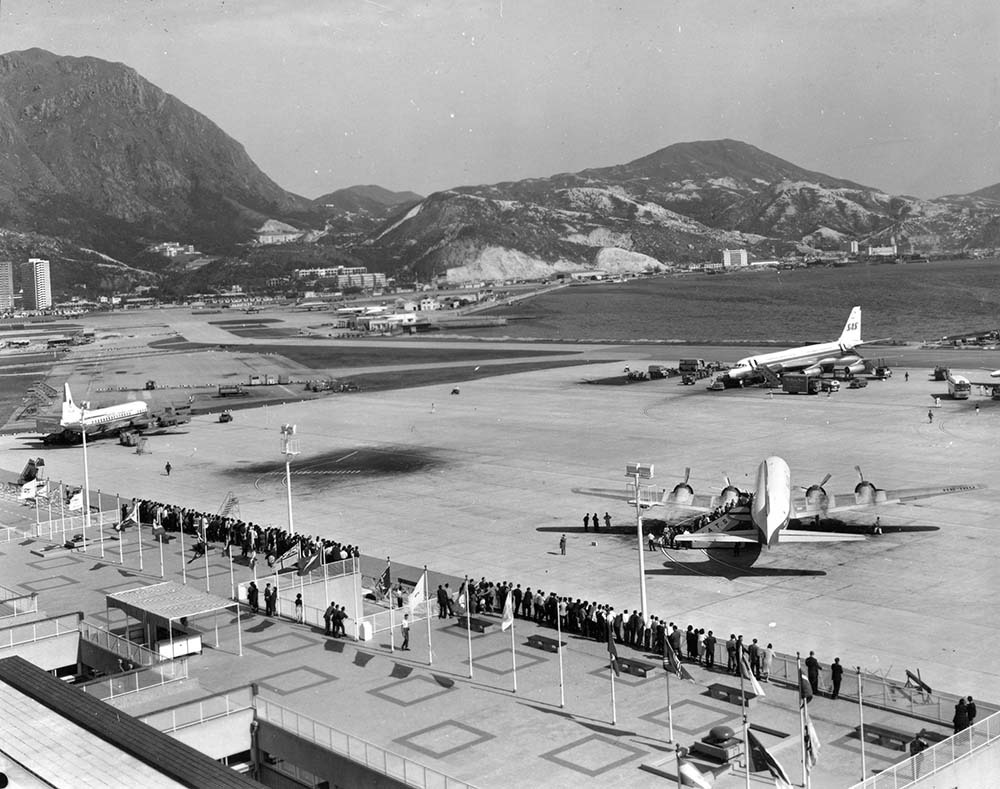
Photo shows citizens on the rooftop of the old Kai Tak Airport bidding farewell to planes and I recalled visiting this place during my childhood, holding my mother's hand as we said goodbye to our loved ones.
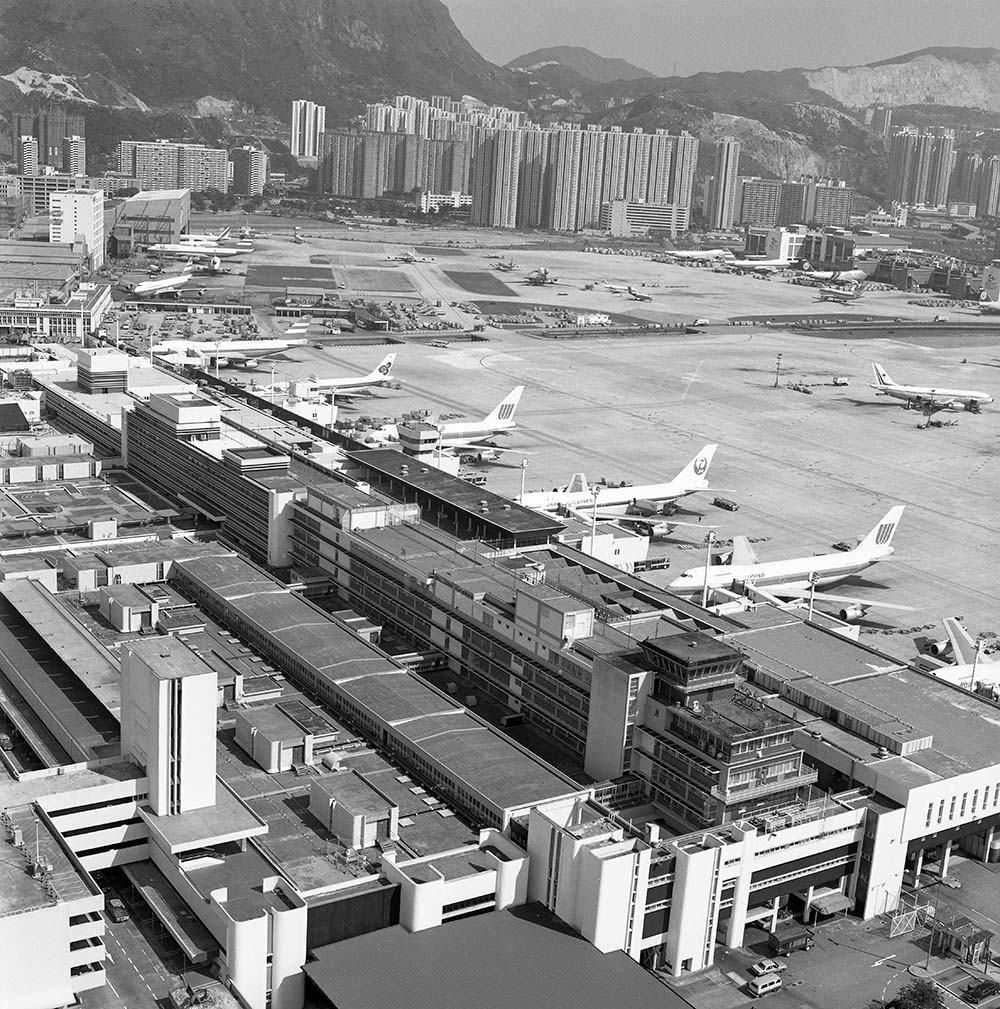
In 1988, the area around Kai Tak Airport was filled with high-rise buildings.
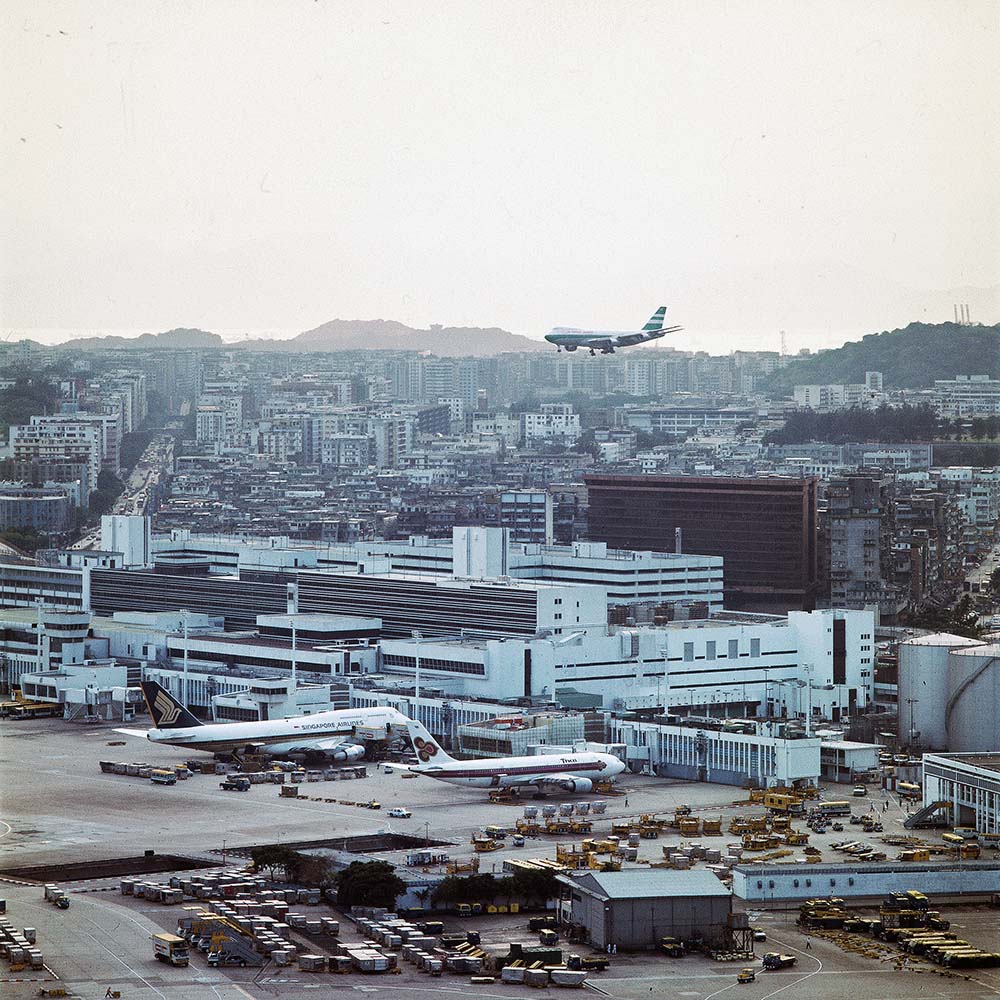
In 1992, airplanes took off and landed at Kai Tak Airport, flying over the city centre.
To commemorate the historic moment of the 100th anniversary of Kai Tak Airport, the HKSAR Government and the Airport Authority Hong Kong will organise a series of events, including the publication of commemorative stamps and various activities to honour the legacy of Hong Kong's aviation industry. Details of the events will be announced later, please stay tuned.
Embracing change to achieve brighter future
Just before the Chinese New Year, I visited colleagues at the Civil Aviation Department (CAD) to learn about the department's plans and work for the coming year. Director-General of Civil Aviation, Victor, said that the dedication and fortitude of the CAD colleagues now under the three-runway system mimic the spirit from the old days in Kai Tak Airport and though operating with only one runway, Kai Tak Airport still achieved the world's highest cargo volume back in the days amidst the limited capacity.
Colleagues were going full steam for the commissioning of the three-runway system. Training for air traffic control involving the simultaneous operation of three runways began at the end of 2023. During the transition from two runways to three, the CAD assisted air traffic control colleagues adapt to the change and since the three-runway system was launched at the end of November last year, it has been operating smoothly and efficiently with safety as our first priority.
Colleagues from the Air Traffic Engineering Services Division of the CAD also shared the challenges they faced while preparing for the three-runway system. The new north runway is located in a reclaimed area and was almost like an isolated island, and the engineering team needed to travel by boat each time to reach the runway. Precise planning for system installation and testing were crucial, and the rainy season during pandemic greatly increased the difficulty of the task. The replacement of the Instrument Landing System for the south runway was even more challenging, as it had to be done while the runway was in operation daily. The engineering team made use of the six-hour span during the two nights per week during the routine maintenance of the south runway to install and test the new system, and the whole process needed six months to complete. On the night of November 30, 2023, the old system was replaced by the new system and this process was complete with perfection. Thanks to the meticulous planning of the engineering team and the full support of airport and air traffic control colleagues, the new system was successfully launched on November 30, 2023. The engineering team also shared their valuable experience at international conferences with other countries and regions.
I am very grateful to Victor for leading the CAD with profession, tackling challenging tasks head-on. In the past, Kai Tak Airport managed to achieve the world's highest cargo volume and ranked high in passenger volume with only one runway. Now, with the improved conditions of the three-runway system, I am confident that our colleagues will fully utilise its capacity and for global travelers to truly experience the three-runway system at HKIA this year. I look forward to the CAD colleagues and the Airport Authority Hong Kong working hand in hand to lead the growth and transformation of Hong Kong's aviation industry.
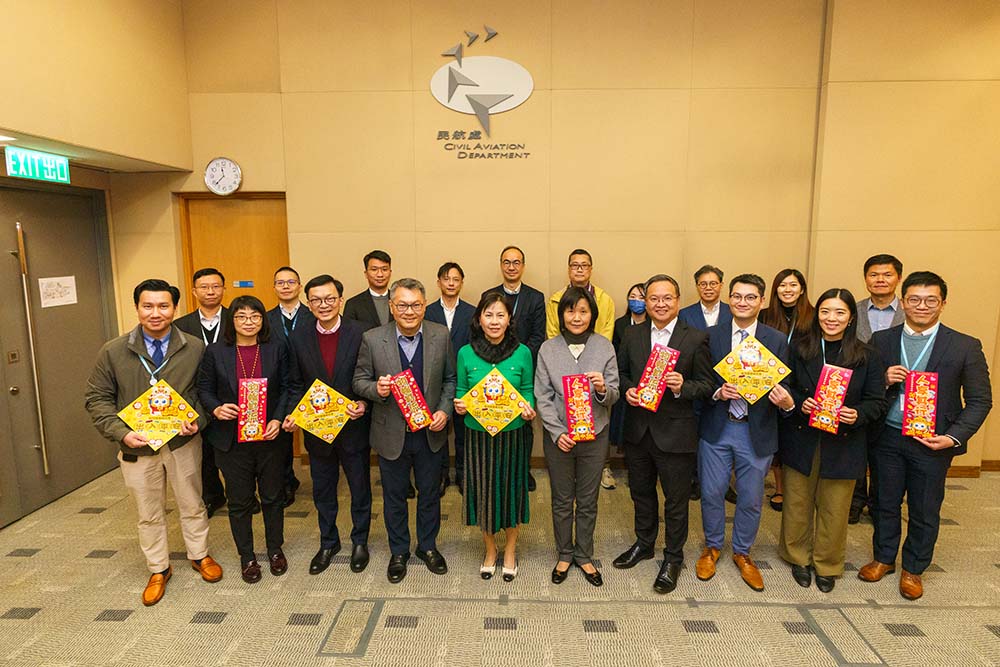
Just before the Chinese New Year, I visited colleagues at the Civil Aviation Department (CAD) to learn about the department's plans and work for the coming year.
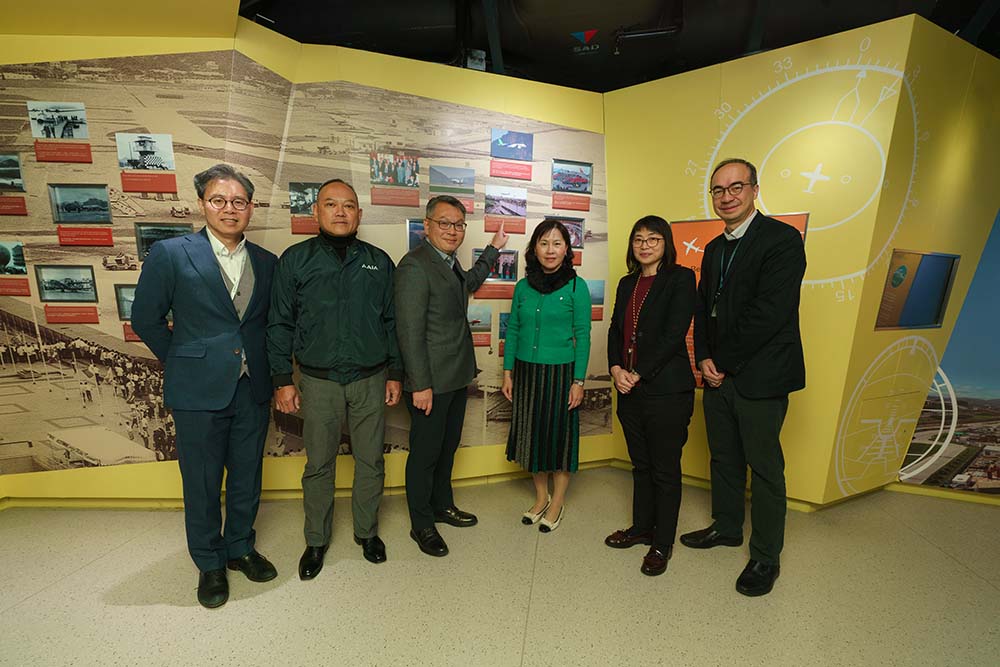
Director-General of Civil Aviation, Victor Liu (third left), Deputy Director-General of Civil Aviation, Clara Wong (second right), Acting. Chief (Three-Runway System), Alexander Ben Honig (first right), Senior Airworthiness Officer (Certification), Henry Leung (first left), and Chief Accident and Safety Investigator of the Aviation Accident Investigation Authority, KC Man (second left) all worked at the former Kai Tak Airport. I took the opportunity to take a photo with them in front of old pictures of Kai Tak Airport at the CAD headquarters.
Fully Prepared to Participate in the National C919 Project
Another milestone in Hong Kong's aviation history is our participation in our country’s self-developed C919 aircraft project. Starting from January 1 this year, the China Eastern Airline' fly C919 daily between Shanghai and Hong Kong, making Hong Kong the first location outside the Mainland to have a regular commercial route with the C919. The line maintenance support and ground services for the C919 in Hong Kong are provided by China Aircraft Services Limited (CASL), and around 40 qualified aircraft maintenance technicians can provide service for C919. Additionally, several engineers in Hong Kong are preparing to go to Shanghai for more detailed aircraft type training related to the C919. Beyond aircraft maintenance, we offer high-value aviation-related services, such as aircraft leasing, and Hong Kong's unique advantage as a training centre for aviation talent in the region. We will fully leverage our role as a bridge connecting the Mainland and the international community, collaborating with our country to showcase significant breakthroughs and achievements in China's aviation manufacturing sector on the world stage.
Whether it was the former Kai Tak Airport or the three-runway system at HKIA, the key to Hong Kong's success as an international aviation hub lies in one key element—“people”. Without dedicated colleagues of the CAD, who maintained the operation of existing systems and runways while also deploying colleagues to build the three-runway system; without the more than 60,000 employees on the airport island who ensure HKIA operates smoothly, allowing travelers to experience the efficiency and safety of Hong Kong Airport; and without the tireless efforts of the Transport and Logistics Bureau colleagues, who work 24/7 to implement our aviation policies, this international aviation hub would not be the same and let us take this opportunity to pay tribute to all the unsung heroes.